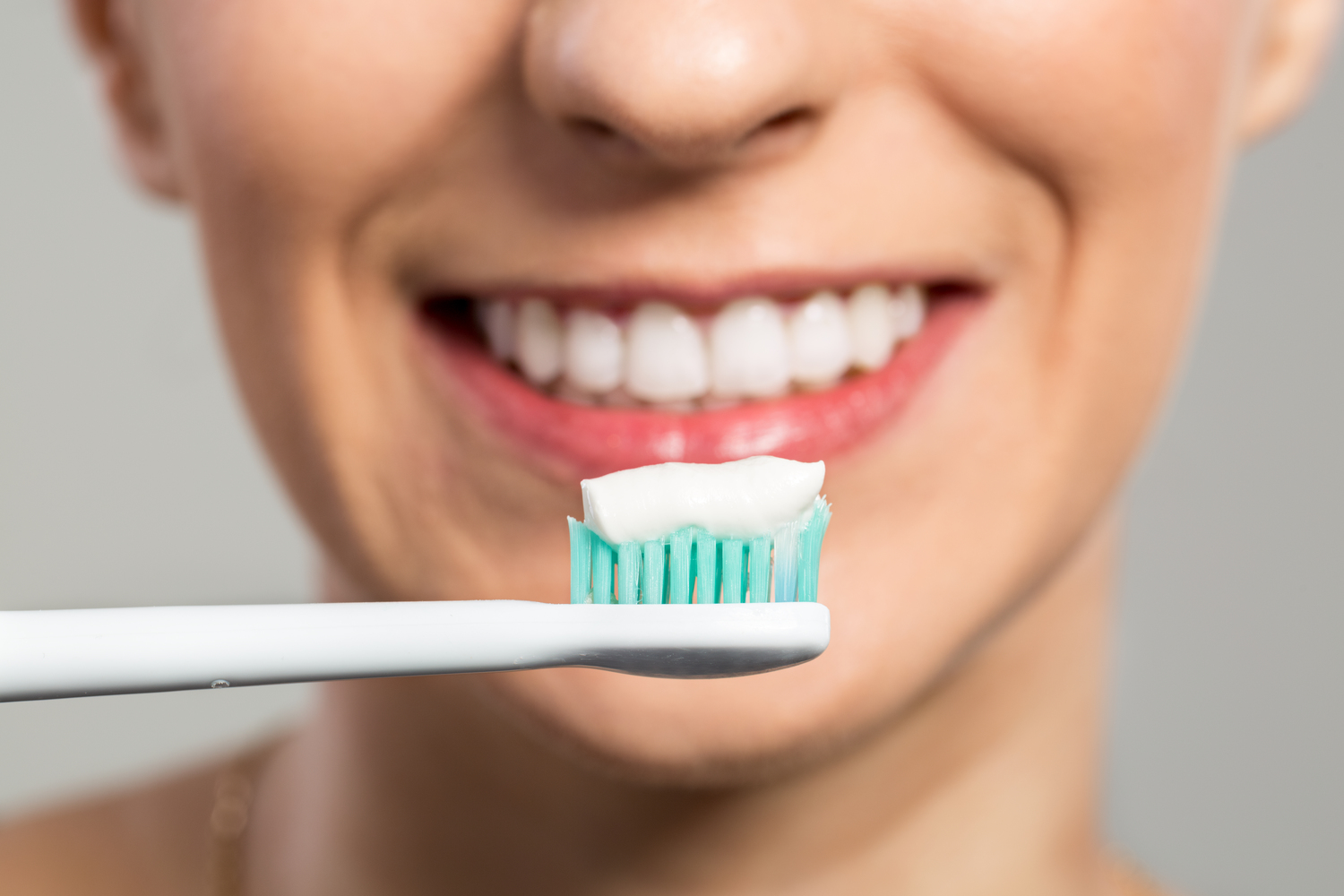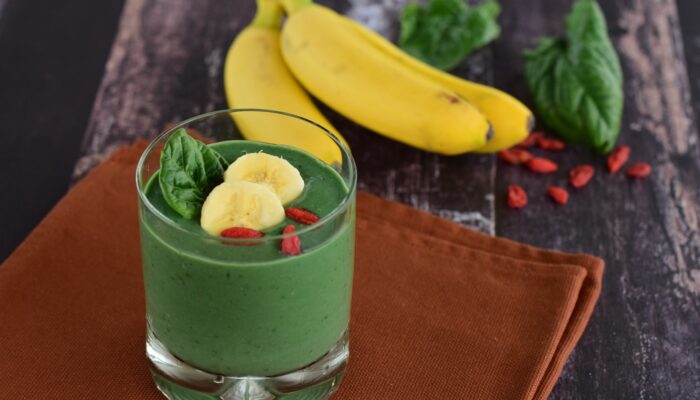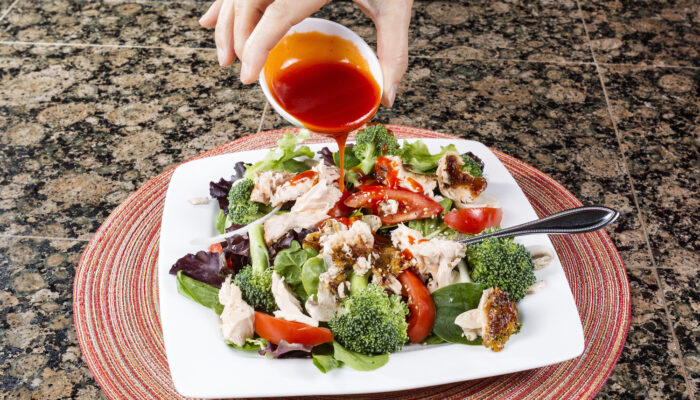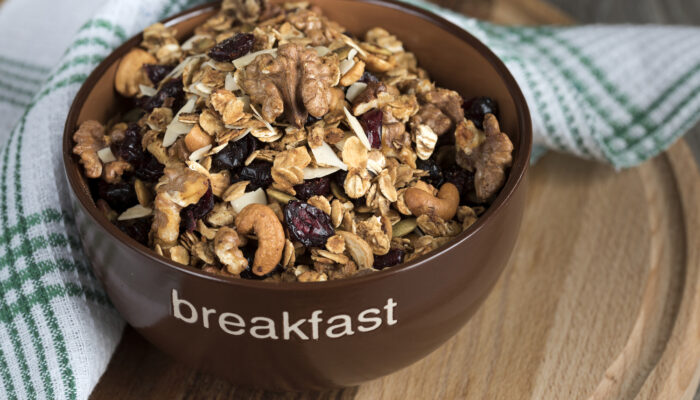
Efficient Methods to Whiten Teeth at Home
Brushing teeth regularly is the best way to keep teeth white and maintain oral hygiene. Cleaning or brushing after every meal or snack is ideal, but brushing at least twice a day is essential to oral health. Following simple steps of cleaning can keep teeth white and help prevent dental problems like tooth decay, plaque, and gum disease. Our teeth tend to lose brightness with age as our enamel (the outermost layer of the teeth) naturally deteriorates. If enamel becomes eroded, the dentin, which is the bony tissue that’s yellow in color, gets exposed.
However, you can consider following these home methods for whitening teeth:
1. Using the right toothpaste
Brushing teeth properly and taking care of the gums helps prevent stains and reduces the yellowing of teeth. Choosing the right toothpaste is essential as it helps remove stains. Toothpaste is made of abrasives, detergents, and foaming substances. Toothpaste with fluoride is recommended as they help prevent tooth decay. Desensitizing toothpaste can also help sensitive teeth and provides long-lasting relief from sensitivity.
2. Following the right rules when brushing
Brushing stimulates the gums which can help prevent gum disease as well. It prevents bacteria from building up which results in plaque formation. One should follow proper brushing techniques that involve brushing back and forth in short strokes and at a 45-degree angle. The outer, inner, and chewing surfaces get cleaned that way. Excessive pressure should not be applied while brushing and brushes with soft bristles have to be used. As hard-bristled toothbrushes can hurt the gums, root surface, and the tooth enamel.
Tartar formation happens when plaque gets hardened and becomes very difficult to remove. Hence regular, proper brushing which is should be for at least 2 minutes, twice a day solves a lot of tooth-related issues and keeps them white.
3. Flossing
Brushing is an essential home method for whitening teeth but flossing is the best way to help remove plaque. Flossing removes food particles between teeth, under the gum line, and even between braces. Regular flossing is recommended for whiter teeth. Flossing regularly removes bacteria that forms plaque and takes care of the gum line as well. Flossing cleans those parts where the brush cannot reach, such as the sides of the teeth and in between the teeth.
4. Using mouthwashes
Mouthwashes should be used in addition to brushing and flossing. It reduces bad breath and lowers the risk of cavities. It also helps provide relief from oral sores. They have therapeutic agents such as antimicrobials and essential oils.
5. Preventive measures
The food and beverages we consume leave colors on the teeth. They stain the enamel, and with additional plaque getting deposited on the teeth, they become yellow. Coffee, tea, red wine, soda, and dark berries can stain the teeth. Acidic food also wears down the enamel, making the teeth look yellow. Such food has to be limited even if it cannot be completely avoided. Care should be taken to clean every time such food is consumed. It is recommended to brush after at least thirty minutes of consuming such food items.
Smoking and chewing tobacco also have to be avoided as they can cause tooth discoloration. The nicotine content in tobacco not only stains teeth but also causes tooth decay and gum diseases. Regular cleaning practices may not help to remove stains caused by such items.




